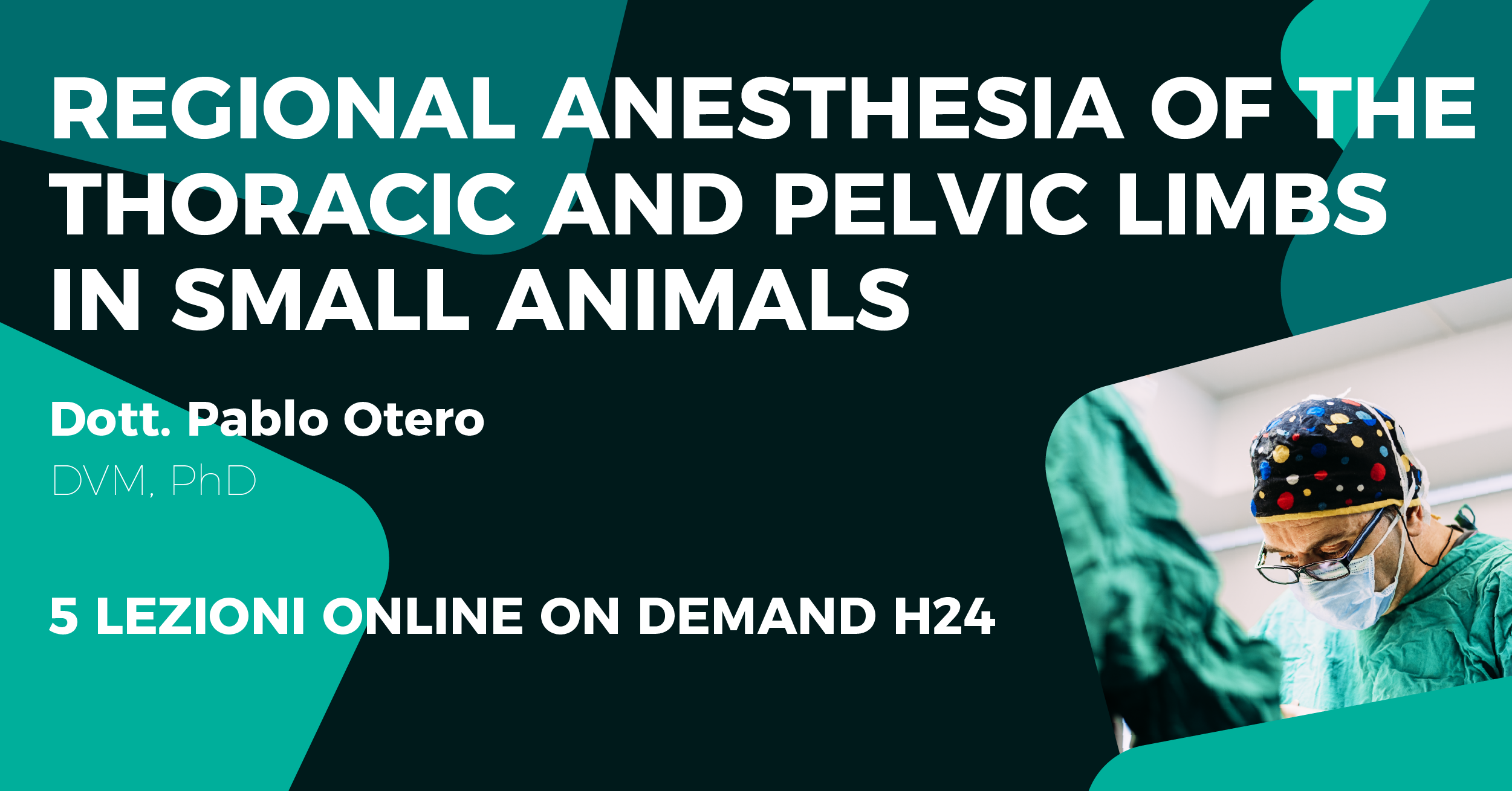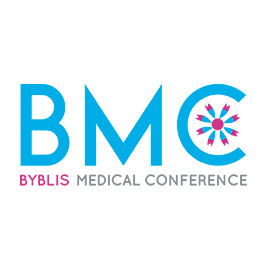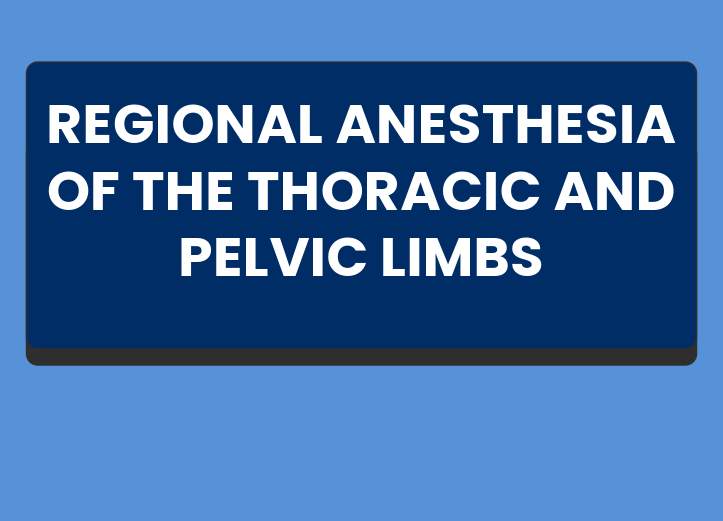- Graduated in Veterinary Medicine
- Student in Veterinary Medicine
To 01/09/2026

Regional Anesthesia Thoracic Pelvic Limbs-Otero-Intro
Tutte le lezioni sono sottotitolate in lingua italiana
L’anestesia regionale è cresciuta significativamente negli ultimi anni. Di conseguenza, la medicina veterinaria ha incorporato una vasta gamma di tecniche.
Queste tecniche consentono la desensibilizzazione selettiva di diverse aree del corpo. Pertanto, il blocco nervoso agisce riducendo la risposta nocicettiva agli stimoli chirurgici e, soprattutto, fornendo analgesia e comfort durante il periodo di recupero.
Negli ultimi anni, l’efficacia di queste procedure è stata favorita dall’introduzione di tecniche come l’ecografia.
In questo corso, esploreremo il ruolo dell’ecografia come assistente alla neurolocalizzazione in diverse regioni anatomiche.
Esploreremo i blocchi degli arti prossimali e distali e discuteremo le tecniche di anestesia regionale interfasciale. Nell’esaminare queste tecniche ci concentreremo sulla desensibilizzazione delle regioni toracica e addominale.
I nostri obiettivi di apprendimento si concentreranno sull’anatomia e sul meccanismo di azione del blocco. Anche se enfatizzeremo lo studio della Sonoanatomy, presenteremo ogni tecnica passo per passo, conferendo dosi e volumi di anestetici locali e indicazioni e potenziali complicazioni.
Regional anesthesia has grown significantly in recent years. As a result, Veterinary Medicine has incorporated a wide variety of techniques.
These techniques allow desensitizing of different areas of the body selectively. Thus, the nerve block works by reducing the nociceptive response to surgical stimuli and, above all, providing analgesia and comfort during the recovery period.
In recent years, the effectiveness of these procedures has been favored by the incorporation of tools such as ultrasonography.
In this course, we will explore the role of ultrasonography as an assistant to neurolocalization in different anatomical regions.
We will explore proximal and distal limb blocks and discuss interfascial regional anesthesia techniques. These latest techniques focused on desensitization of the thoracic and abdominal regions.
Our learning objectives will focus on the anatomy and the mechanism of action of the block. Although we will emphasize the study of the Sonoanatomy, we will present a step-by-step for each technique, conferring doses and volumes of local anesthetics and indications and potential complications.
COSTO DEL CORSO: € 200 + IVA
Quota agevolata studenti: € 160 + IVA
COURSE FEE: € 200 + VAT
Discounted student fee: € 160 + VAT
Corso Content
Informazioni
- Per completare il corso è necessario visionare tutti i contenuti.
- Solo chi avrà completato il corso potrà ricevere l’attestato finale.
- I contenuti video saranno accessibili per 12 mesi dalla data di acquisto.
Modalità di iscrizione
- Le iscrizioni devono essere effettuate sul sito UNISVET nella pagina dedicata all’evento.
- Le iscrizioni sono riservate ai soci UNISVET (l’iscrizione a UNISVET è gratuita).
L’iscrizione dà diritto a
- Partecipazione al corso.
- Attestato di partecipazione.
- 2 Crediti SPC*.
*Crediti SPC (Only for Italian participants)
- Per ottenere i crediti SPC previsti è necessario visualizzare interamente tutte le lezioni del corso almeno una volta entro 365 giorni dalla data di acquisto.
- La richiesta di assegnazione di tali crediti verrà inoltrata nel portale dedicato dopo tale data.
Information
- To complete the course you must watch all the contents.
- Only those who have completed the course can receive the final certificate.
- Video content will be accessible for 12 months from the subscription date.
How to subscribe
- Subscription must be done on the UNISVET website on the event page.
- Subscription is reserved for UNISVET members (UNISVET membership is free of charge).
Subscription entitles to
- Partecipate to the course.
- Attendance certificate.
In collaboration with


